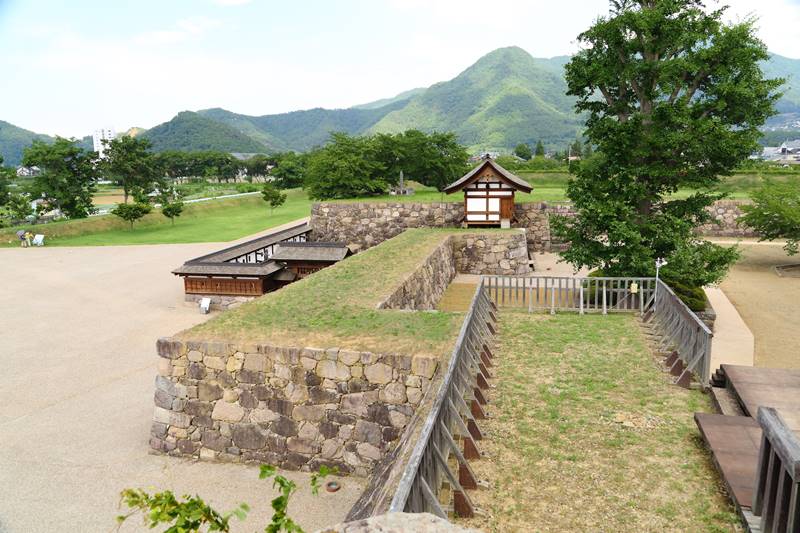This is all about Matsushiro Castle Ruins you want to know.
Every information you get on this site will be from a credible source based on Japanese history (books for reference).

Collected by the Inagaki family, the Toba Daimyō from the mid-Edo period to the Meiji Restoration, as materials for military studies. There are about 350 illustrations, but there is no uniformity because only illustrations of castles, illustrations including castle towns, and old battlefield illustrations are mixed.
Another typical example of a castle picture in the Edo period is "The Shōhō Shiroezu", picture of the castle and castle town that the Edo Shogunate ordered the daimyō to create and submit,aggregating military information such as the buildings inside the castle, the height of the stone wall, the width of the moat and the water depth, etc., it also details the location and shape of the castle town and the mountain river.
Profile : Matsushiro Castle Ruins
| Location | Nagano City, Nagano Prefecture |
| Also known as | Kaizu Castle |
| Type of castle | Flatland |
| Mountain's name | ー |
| Elevation | ー |
| Condition | Ruins |
| Designation | National Historic Sites |
| Year built | 1560 |
| Abolished | 1873 |
| Castle lord | Takeda Shingen |
| Refurbishment lord | Tamaru Naomasa |


The family crest was originally created from the pattern that the emperor and the royal family put on the kimono, and the pattern was made into a fixed pattern, and the one attached to his own oxcart is said to be the beginning of the family crest. The warlords drew large crests on the flag-fingers, used to distinguish enemy views on the battlefield, and used by the generals to determine which warlords were active and how much.
Matsushiro Castle admission
admission fee : free
admission time & closing period : reference official site (japanese)
Matsushiro Castle Google Map
Matsushiro Castle Images


It forms an inner box shape at the Hashizumemon Gate in the foreground and the Taikomon in the back. It is called "Uchi-Masugata"type of defense system, creates a small rectangular space inside the entrance of the Kuruwa and builds the second gate. Enemies that enter here will be attacked from three directions.






It is a tunnel-shaped gate located in the northwest of Ninomaru, filled with soil in an emergency.


Nagano City is the largest city in Nagano Prefecture. There are Zenko-ji Temple, which is 1400 years old, Togakushi Shrine with a history of 2,000 years, and Hachimanngahara Historic Park (Kawanakajima Ancient Battlefield), which was the stage of the famous "Battle of Kawanakajima" where Takeda Shingen and Uesugi Kenshin fought. It is an attractive place with many attractions.
Link : A castle closely related to [block]4[/block]
【east japan】Minowa Castle 【central japan】Tsutsujigasaki-yakata 【central japan】 Komoro Castle 【central japan】Takatō Castle 【central japan】Nagashino Castle 【central japan】Matsushiro Castle
